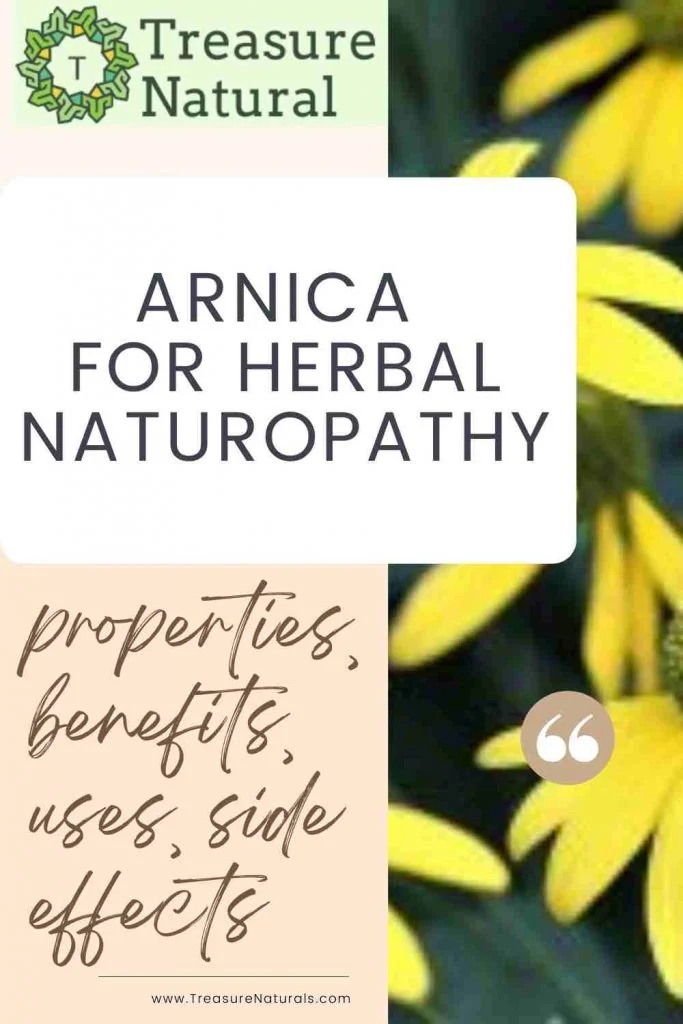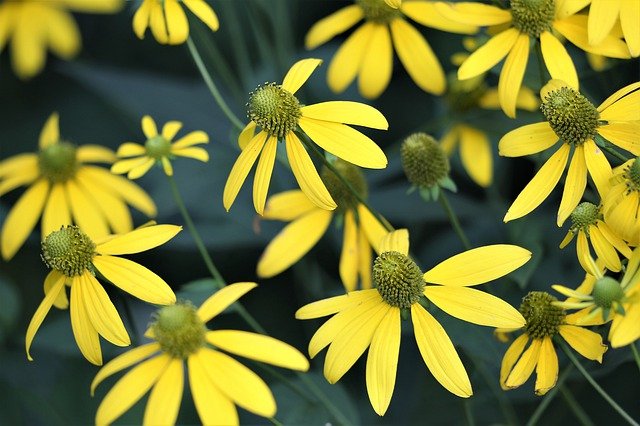
Arnica is an anti-inflammatory remedy useful for bruises. Here’s how to use it.
Arnica is a remedy known for its anti-inflammatory properties, used to bruising, muscle pain and skin inflammation and mucous membranes.
What is arnica
Arnica ( Arnica Montana ) is a plant of the Asteraceae family used as a remedy in herbal medicine and phytotherapy.
The flower heads of this plant contain in fact:
- Sesquiterpene lactones;
- carotenoids;
- essential oil;
- flavonoids;
- coumarins
responsible for the therapeutic properties of arnica. Although the best known active ingredient in arnica is probably helenaline , it is in fact the phytocomplex that brings benefits.
Properties of arnica
Arnica is known for its benefits, especially for external use. In particular, arnica has properties:
- Anti-inflammatory;
- antiechymotic;
- antimicrobial;
- analgesic.
What is the arnica for
By virtue of the properties of the plant , the Arnica cream and other preparations obtained from this plant are indicated mainly to reabsorb the bruises but can also bring benefits in case of muscular pains and skin diseases, throat and mucous membranes.
Benefits of Arnica
Arnica extract is beneficial in case of inflammation to reduce pain and edema. The external use of arnica-based preparations (infusions, arnica gel , arnica creams) are indicated to reabsorb extravasation in hematomas resulting from bruises and sprains and to counteract muscle and joint pain.
Arnica is also beneficial in case of pharyngitis , inflammation of the gums , pyorrhea and is useful for treating boils , insect bites and hemorrhoids.
How to use arnica
Arnica is used externally on intact skin. To rinse the mouth or gargle you can use the infusion prepared with a teaspoon of flowers in hot water or a tablespoon of arnica mother tincture diluted in half a liter of water.
Arnica gels, creams, ointments or oleolites obtained by macerating the flowers in vegetable oil are used for massages .
Contraindications of arnica
Arnica has no particular contraindications when used externally. The application of arnica on the skin can give problems in case of allergies and sensitivity or for use at high doses and prolonged over time, causing blisters and necrosis. The topical use of arnica during pregnancy and lactation is not advised against.
Side effects of arnica
The internal use of arnica is not recommended as ingestion can cause severe intoxication with vomiting, diarrhea, headache, respiratory problems. The side effects of arnica do not concern homeopathic preparations.
Externally , the use of arnica can give contact dermatitis, especially at high concentrations.
Description of the plant

Arnica is a herbaceous plant that grows high in the mountains , hence the botanical name of Arnica montana .
It is a perennial plant that belongs to the botanical family of Asteraceae, also known as Compositae. The arnica plant has an erect and little branched stem, which can reach seventy centimeters in height.
The leaves are lanceolate and glandular; the arnica flower is a yellow-orange and solitary flower head or in small clusters.
Habitat of arnica
Arnica grows in poor soils at altitudes between 500 and 2000 meters above sea level. In the plains it is completely absent and we find it mainly in the Alpine mountains of Europe and in the Scandinavian Peninsula.






